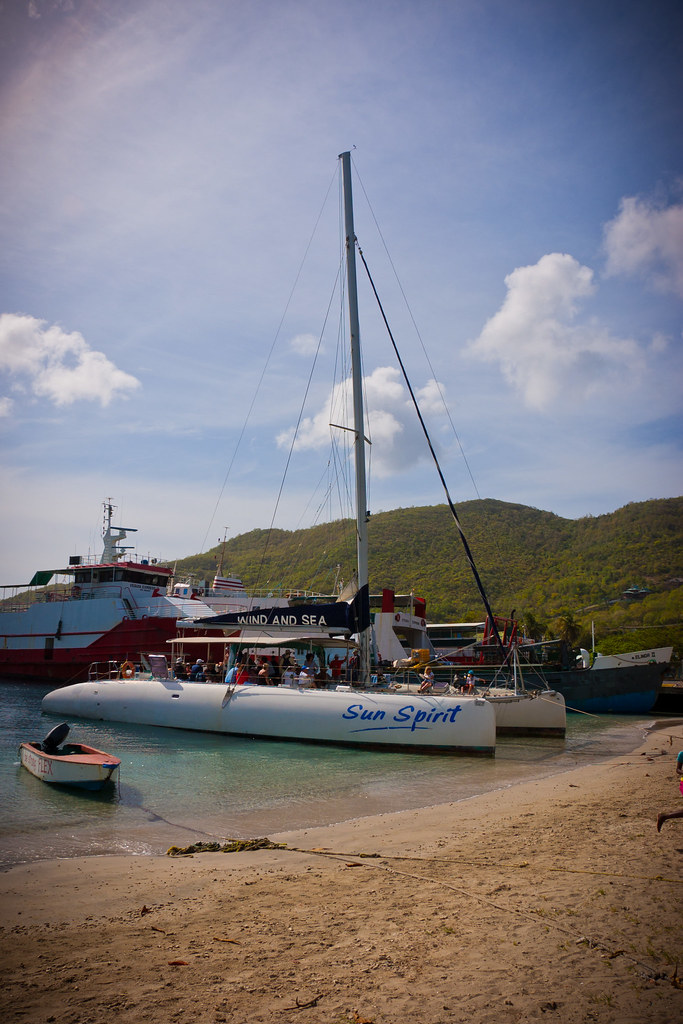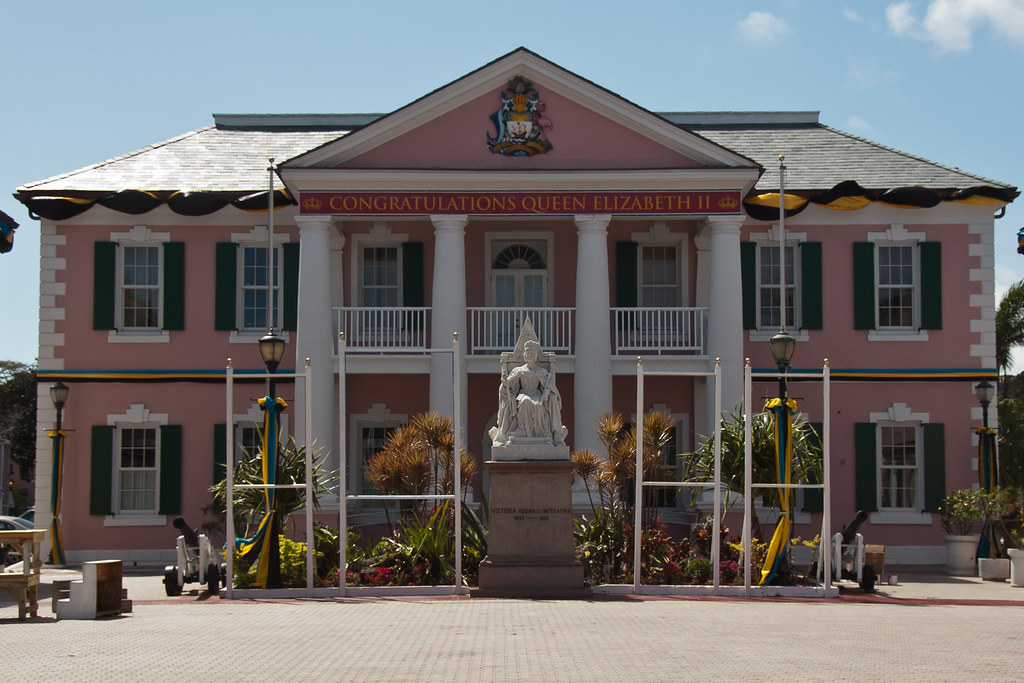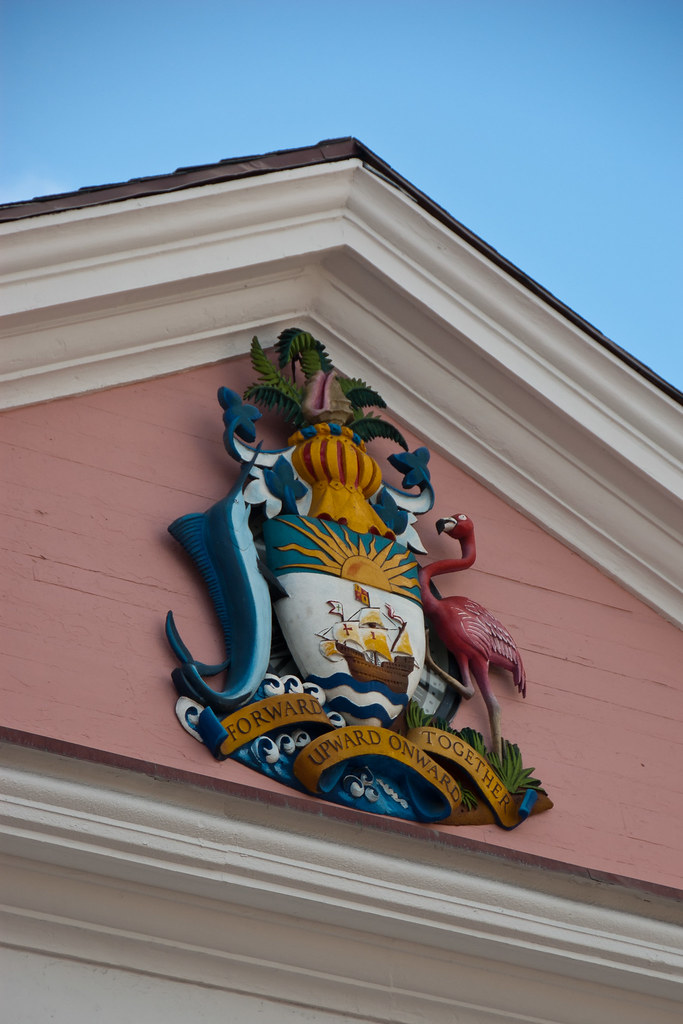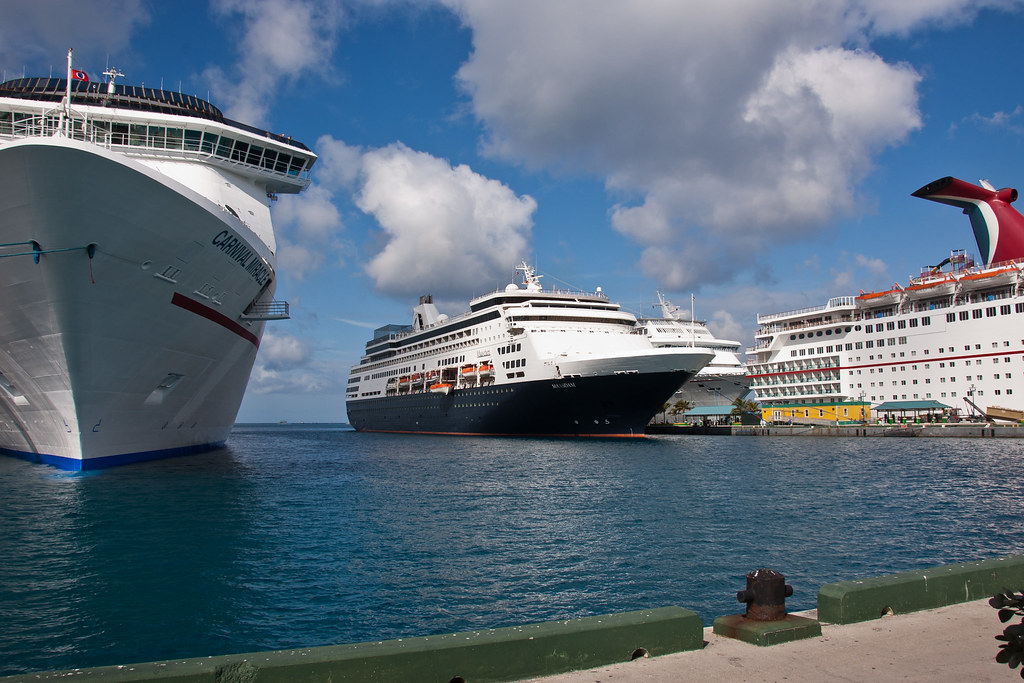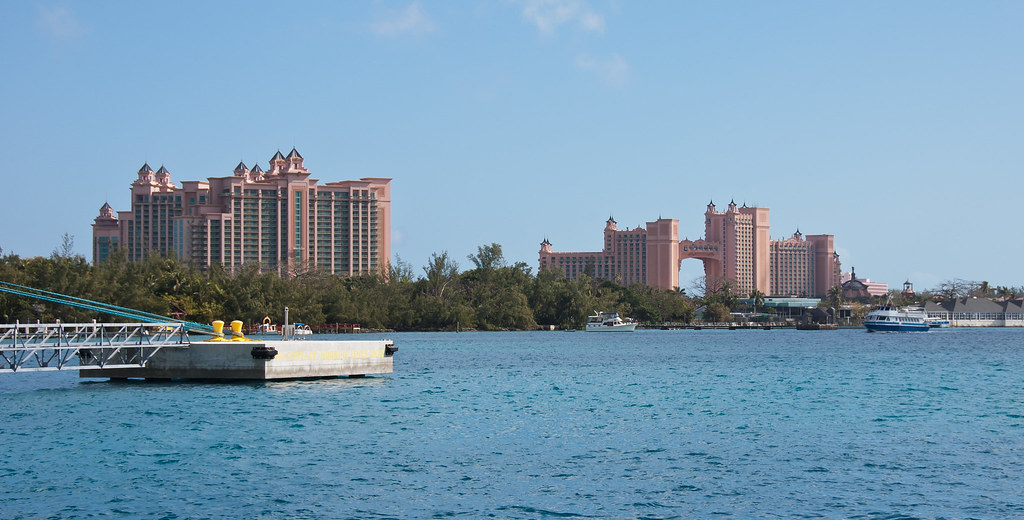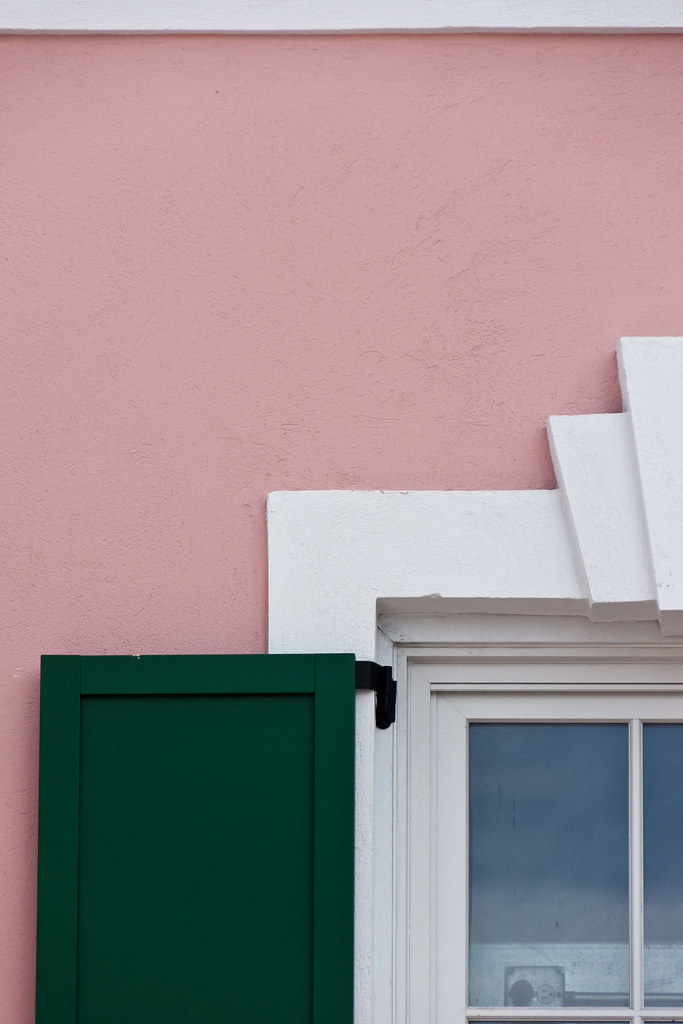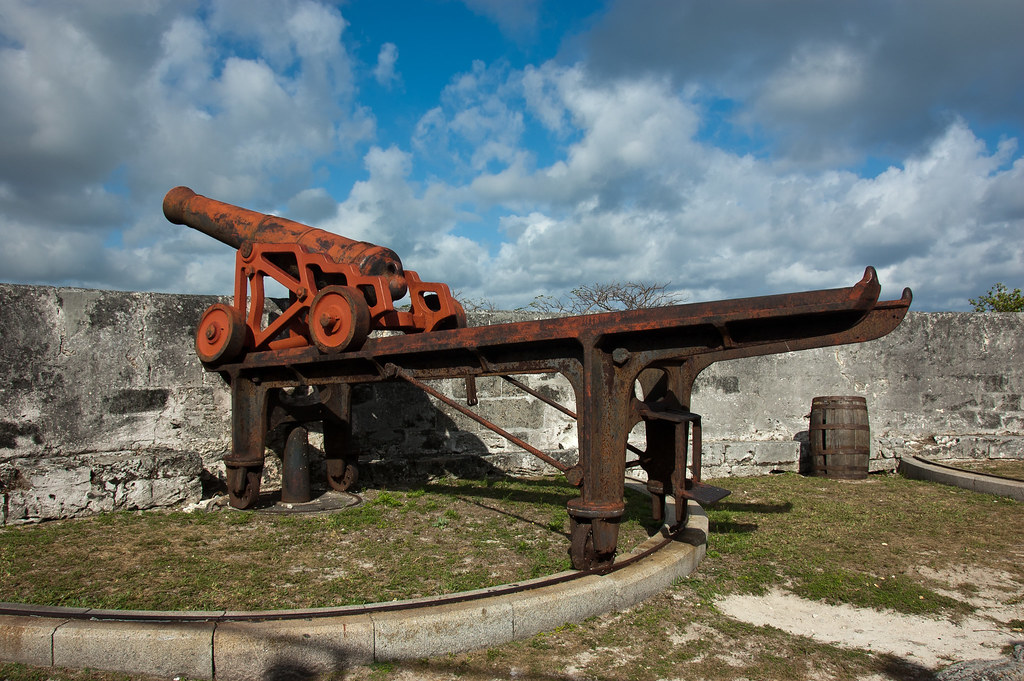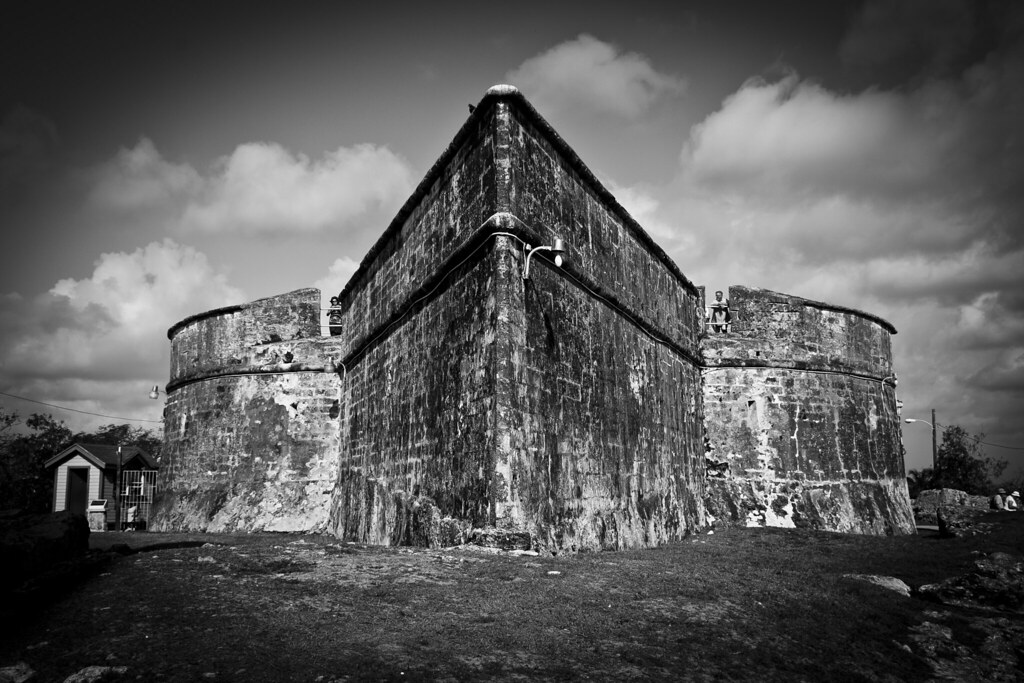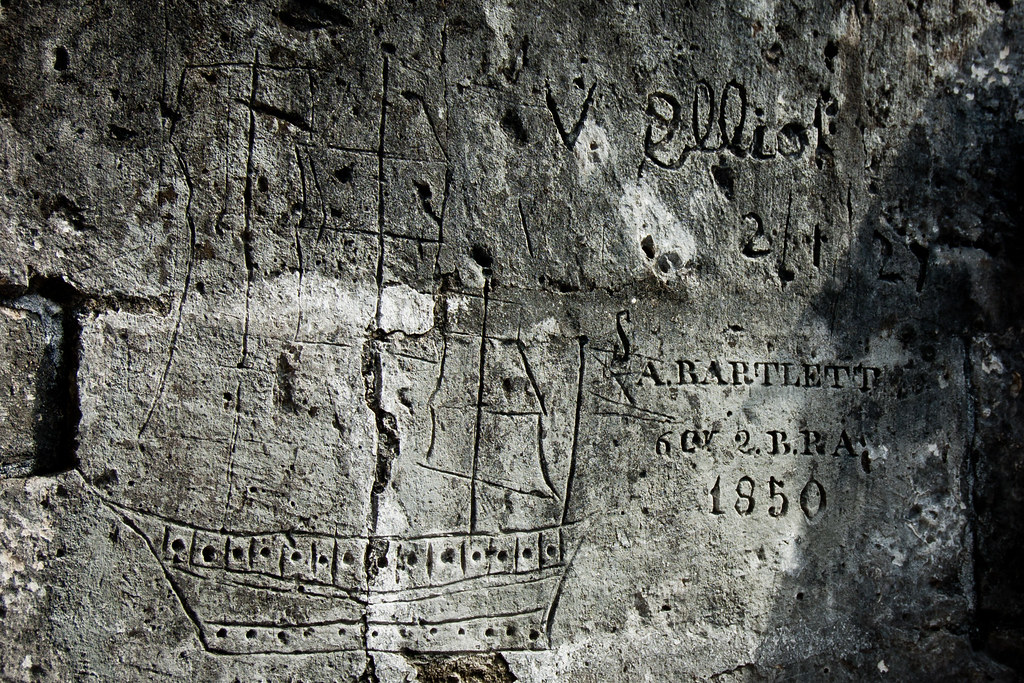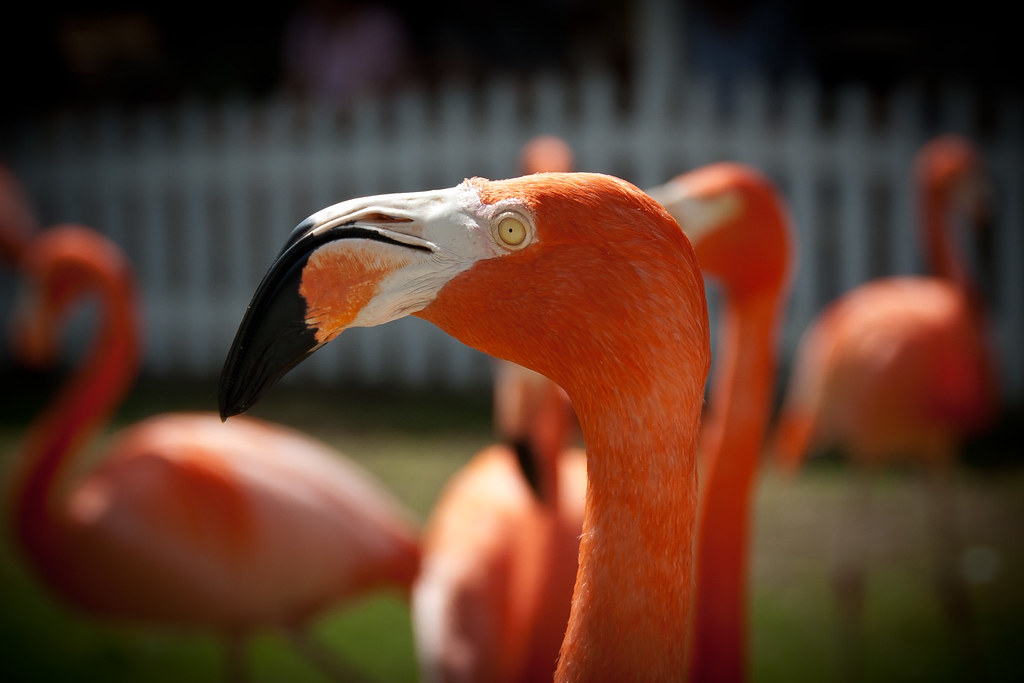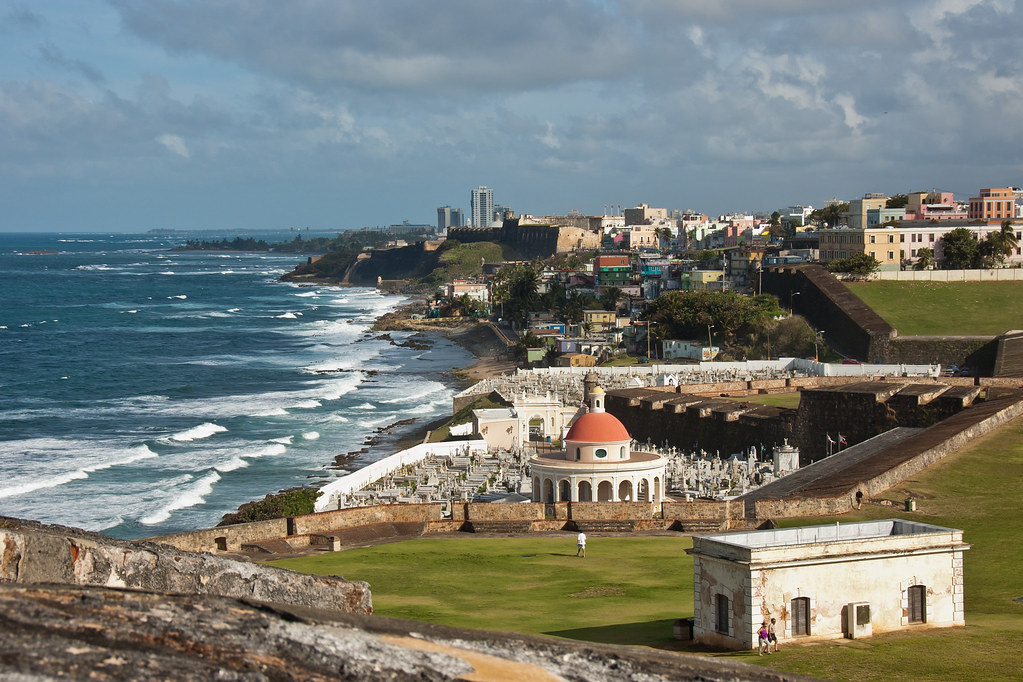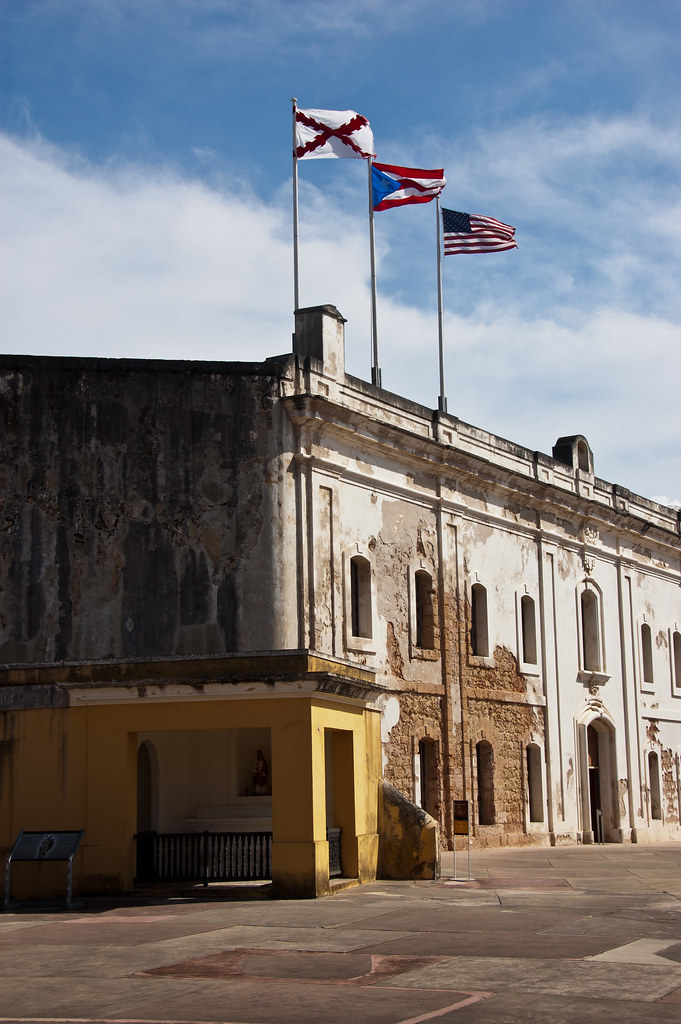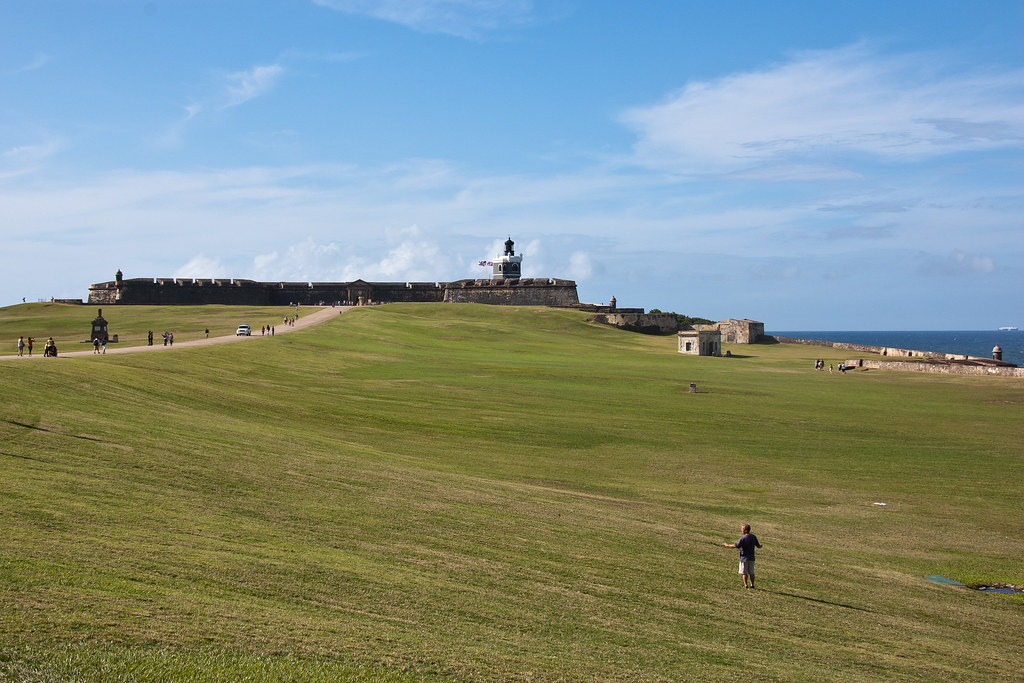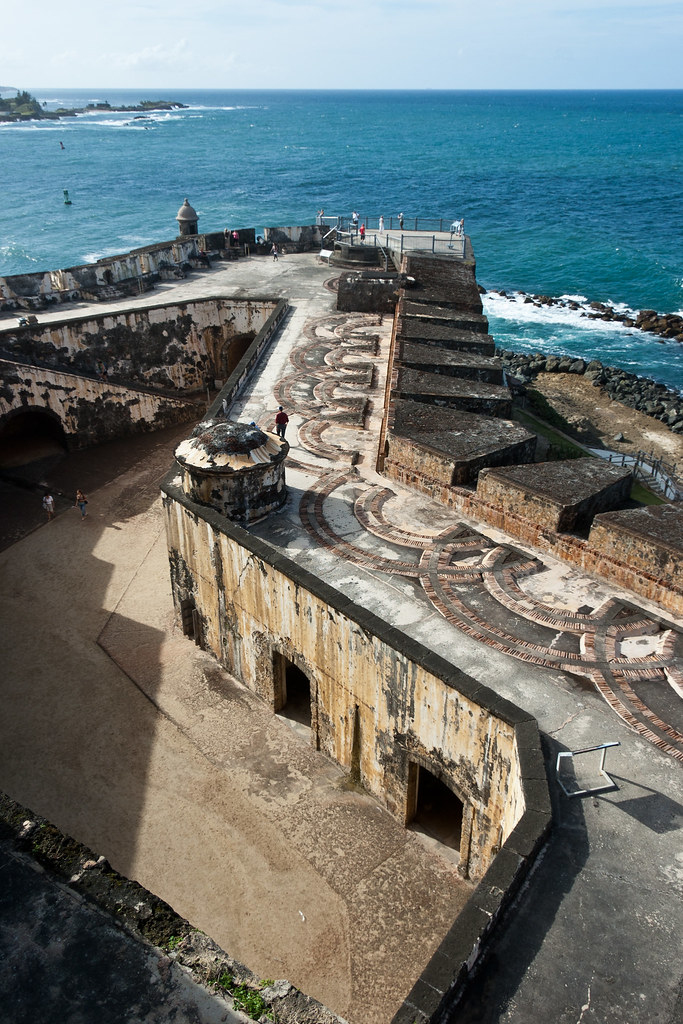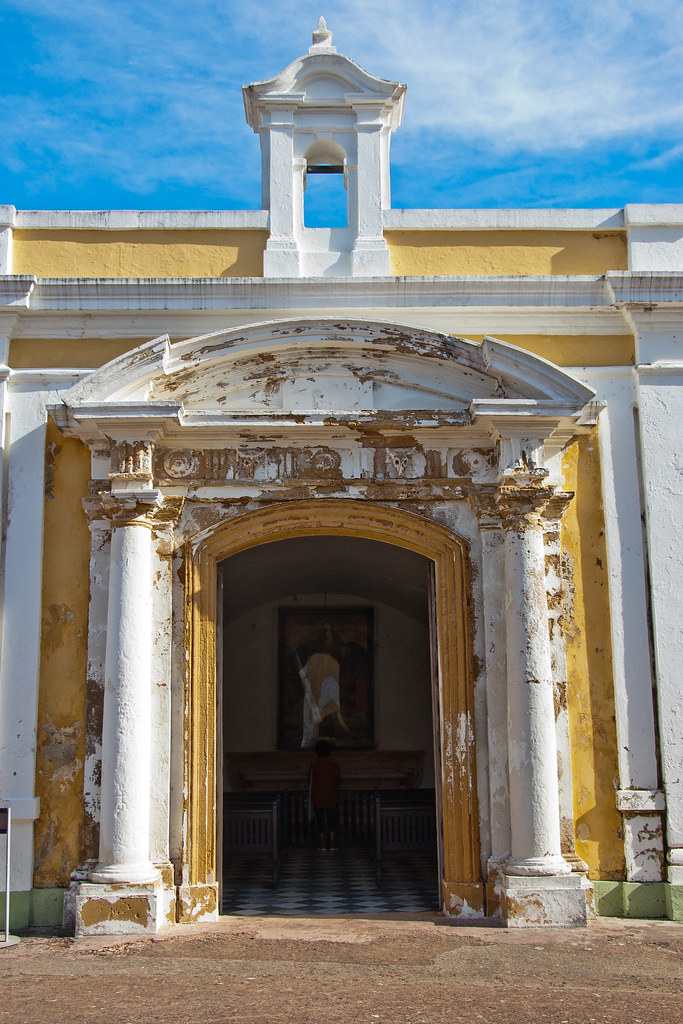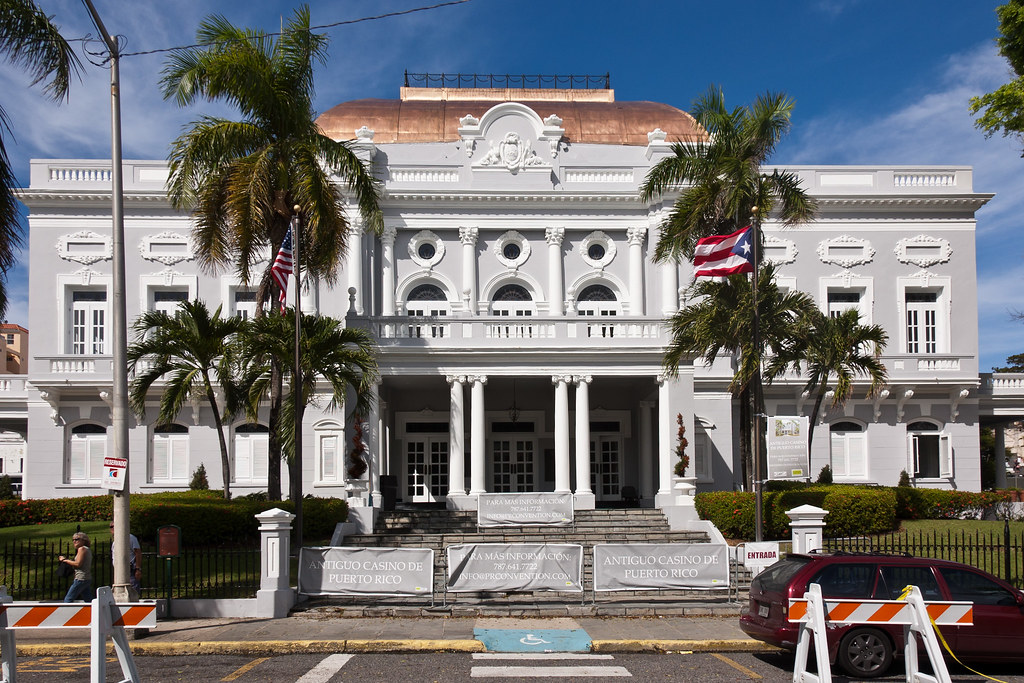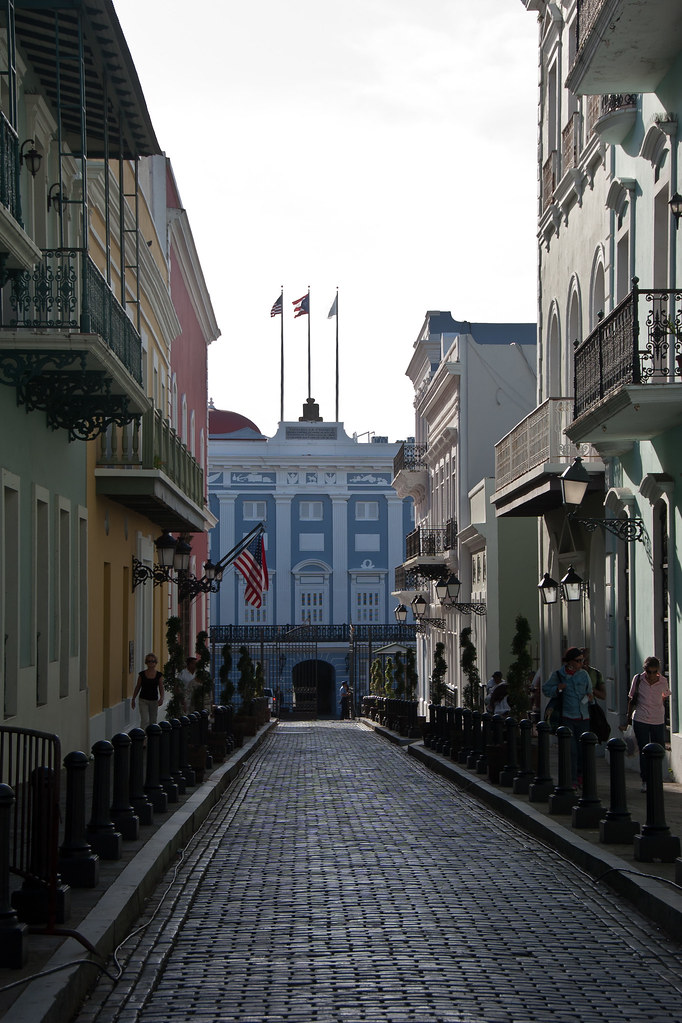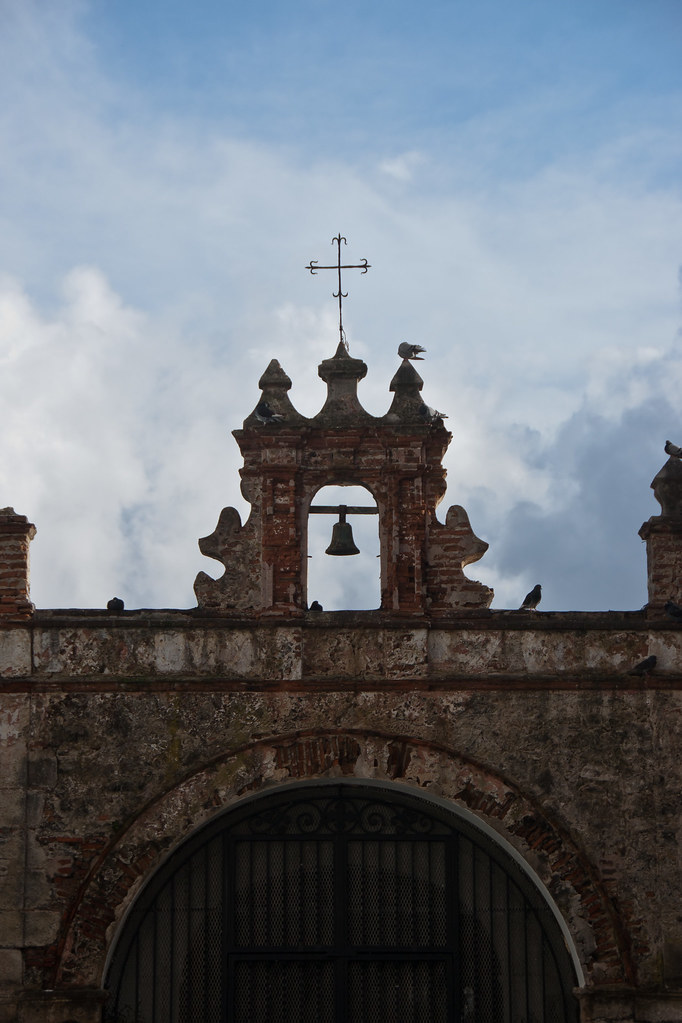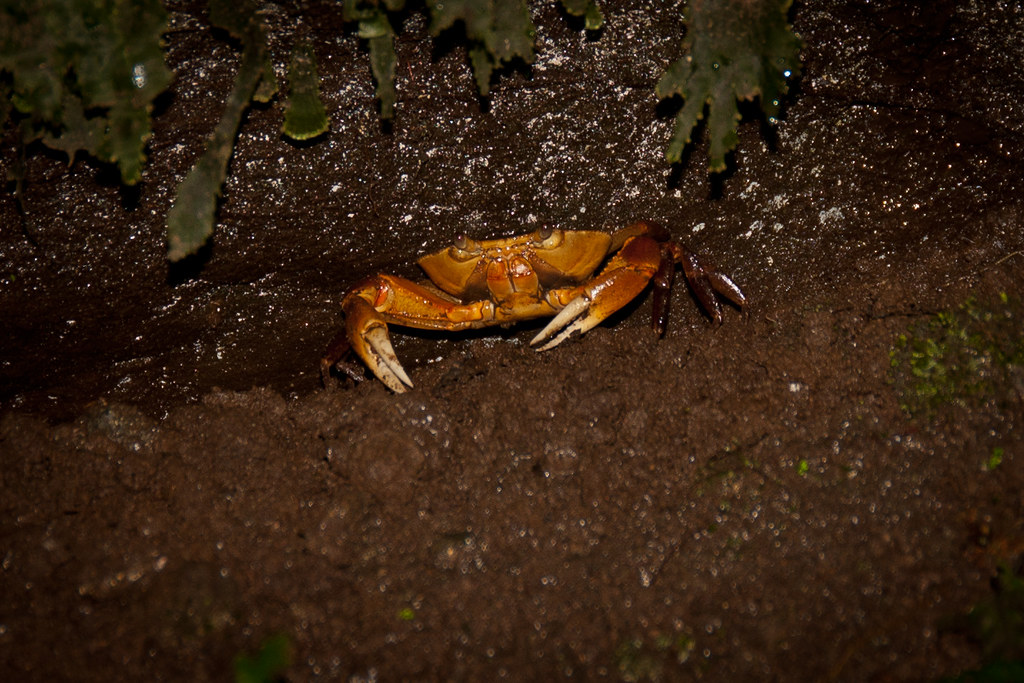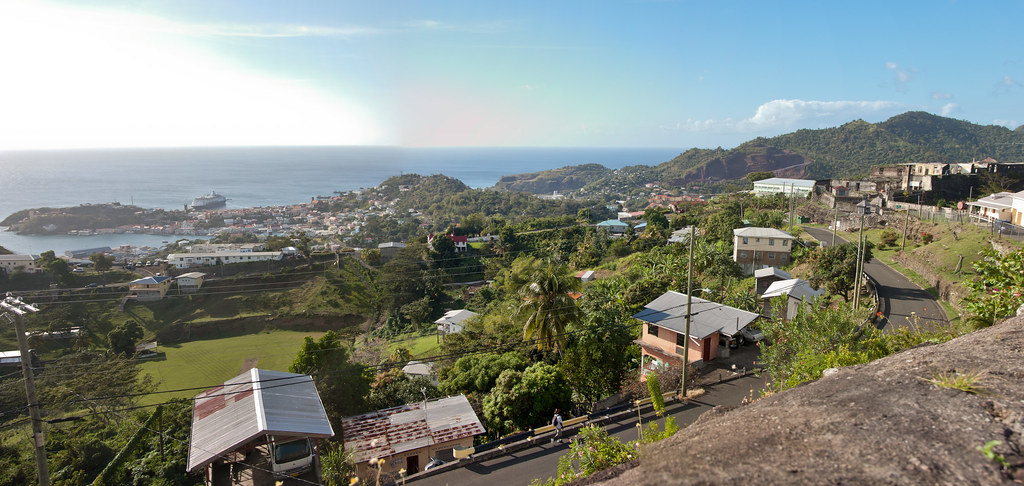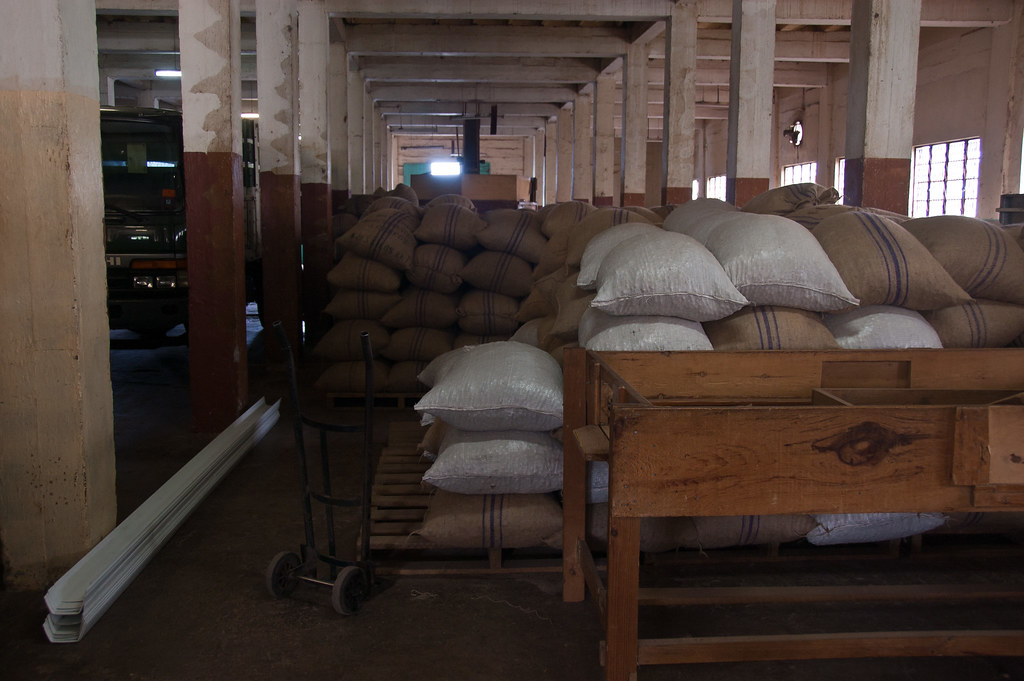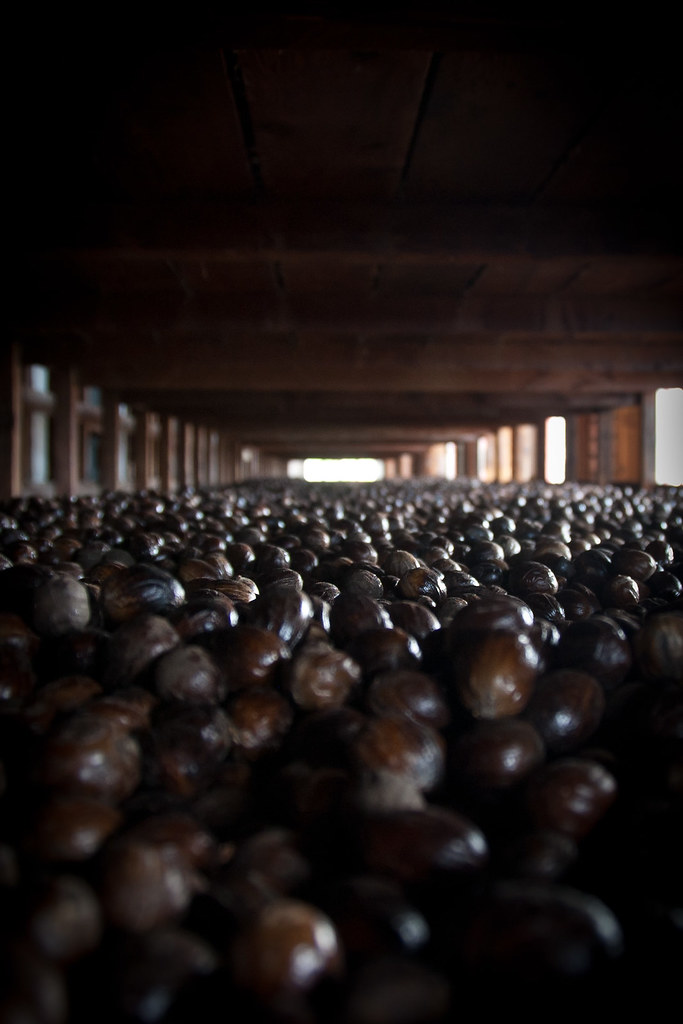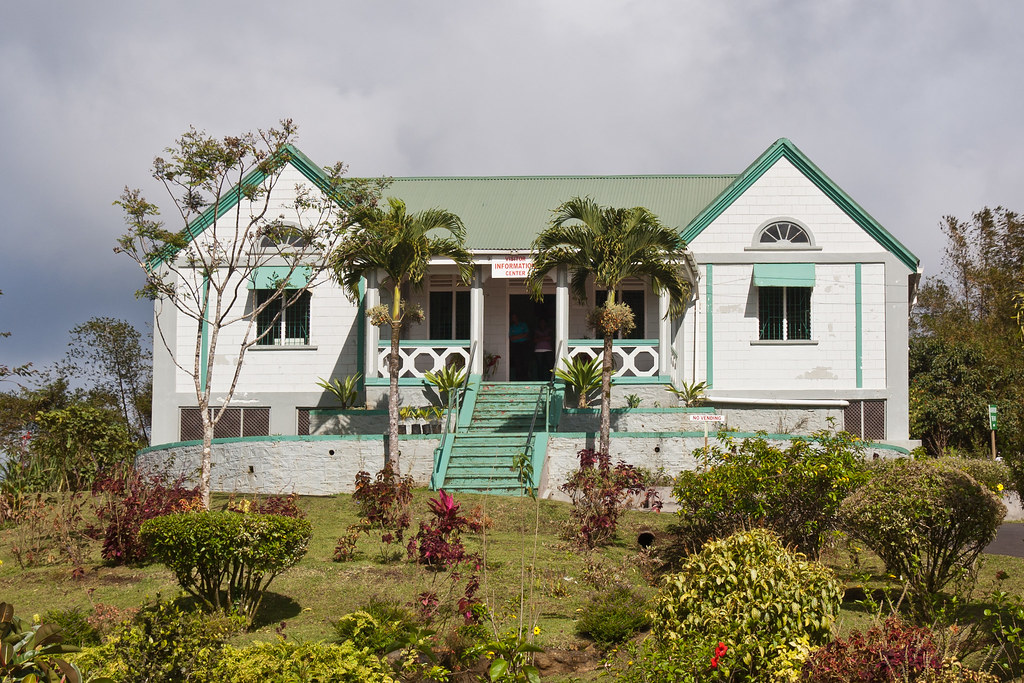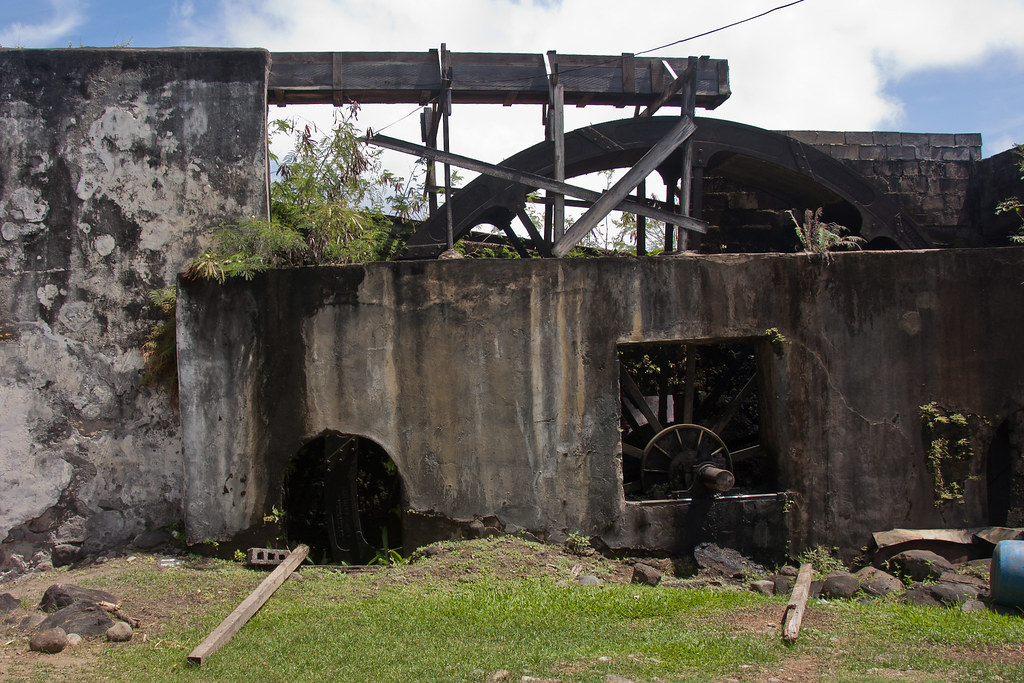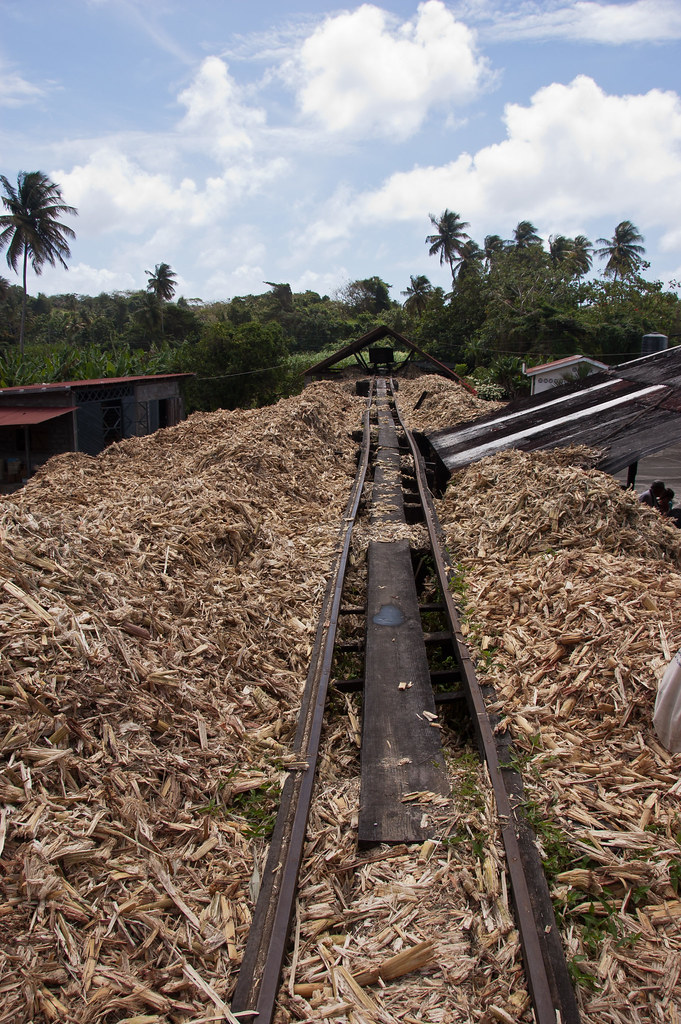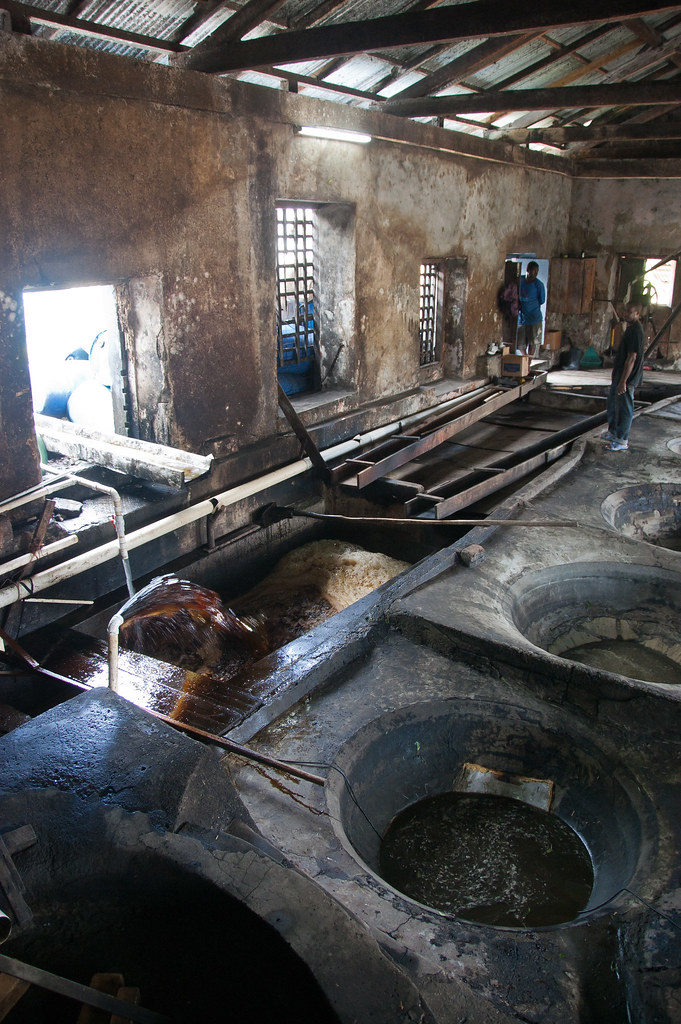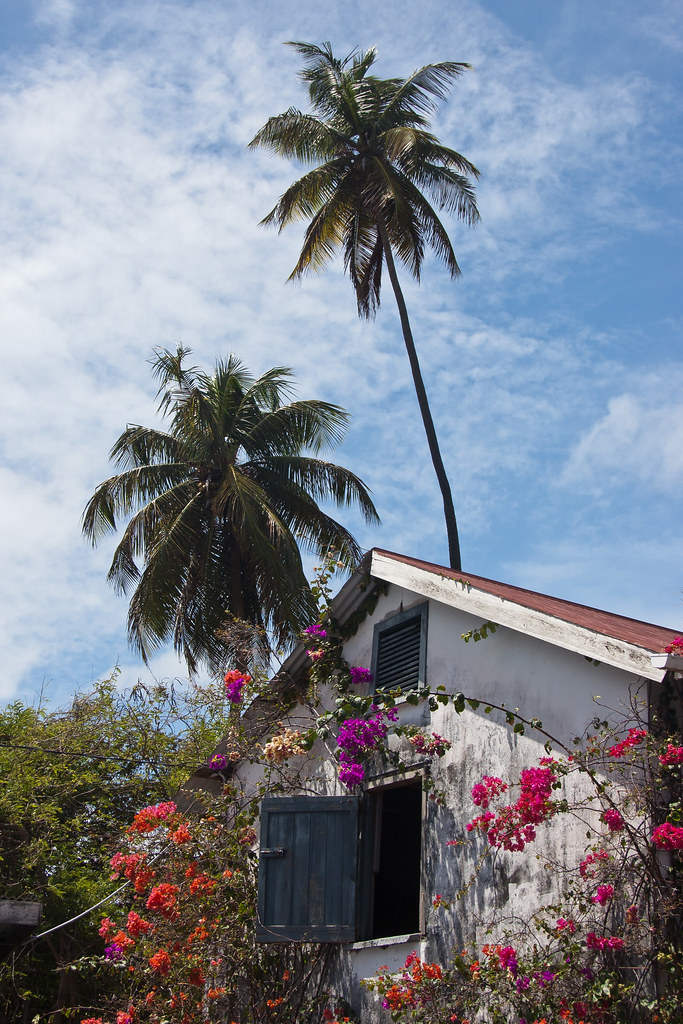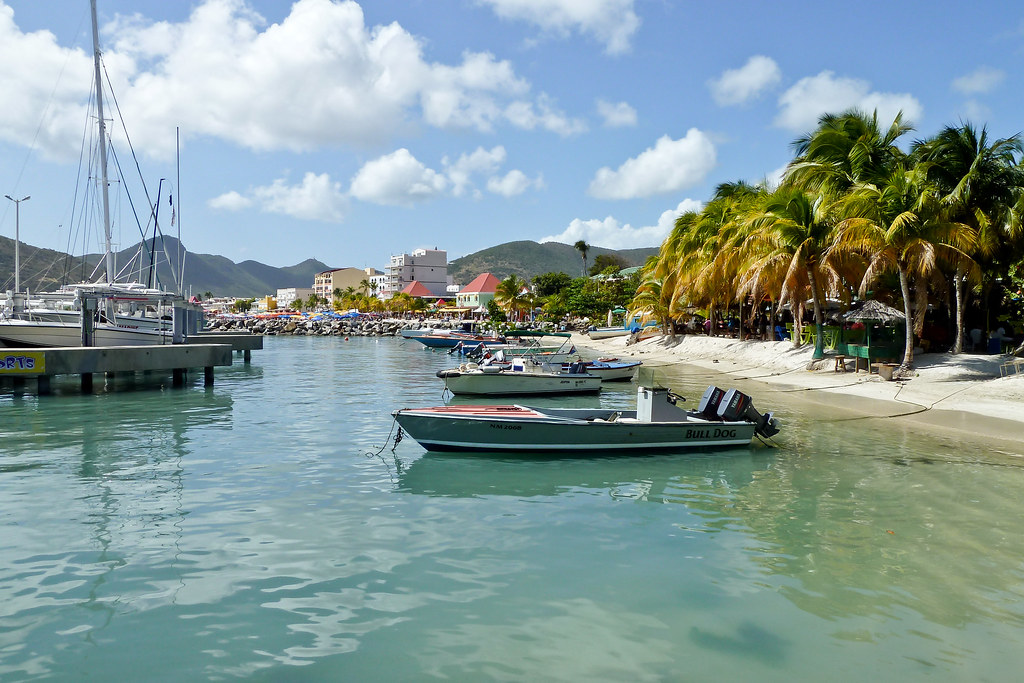
Above: The beach and downtown area of Sint Maarten.
Sint Maarten is a constituent country of the Kingdom of the Netherlands, rather like Curaçao - an island I visited on the Zuiderdam. It encompasses the southern half of the Caribbean island of Saint Martin (the northern half of the island is the French overseas collectivity of Saint-Martin).
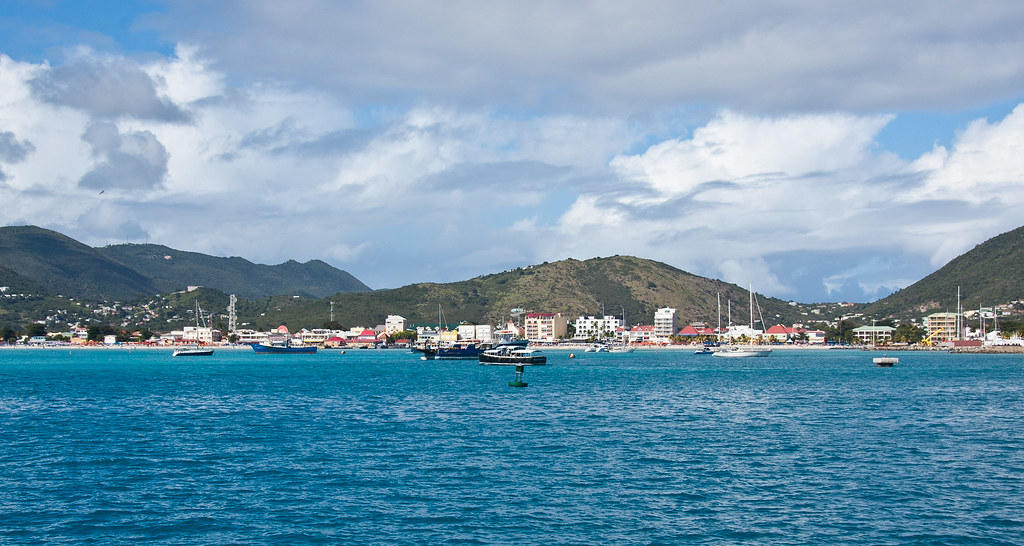
Above: The coastline of Sint Maarten.
The capital of the country is Philipsburg, where our ship docked along with many others! The island is particularly famous for Maho Beach, a beach at the edge of the airport where planes pass by very low to land on the short runway - Google it!
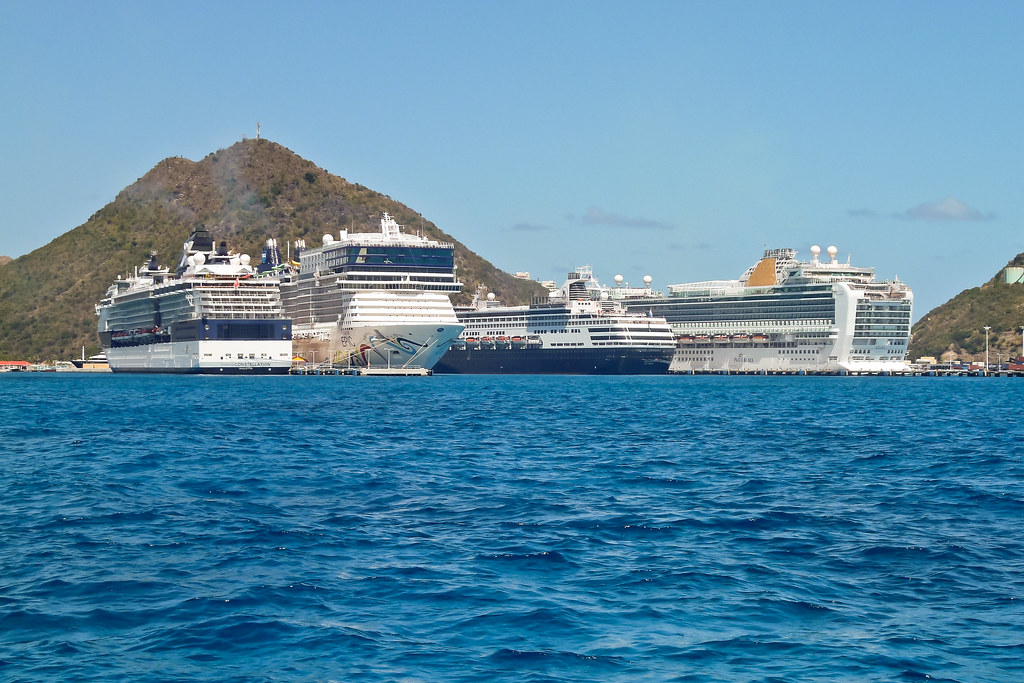
Above: Some of the ships docked with us (second from right) including the Norwegian Epic (second from left), the third biggest cruise ship in the world.
Whilst at Sint Maarten, I did not tour the island or learn much about its history. However, I did get to race on the Stars & Stripes 87, the 12 Meter challenge boat sailed by Dennis Conner in his America’s Cup victory of 1987.
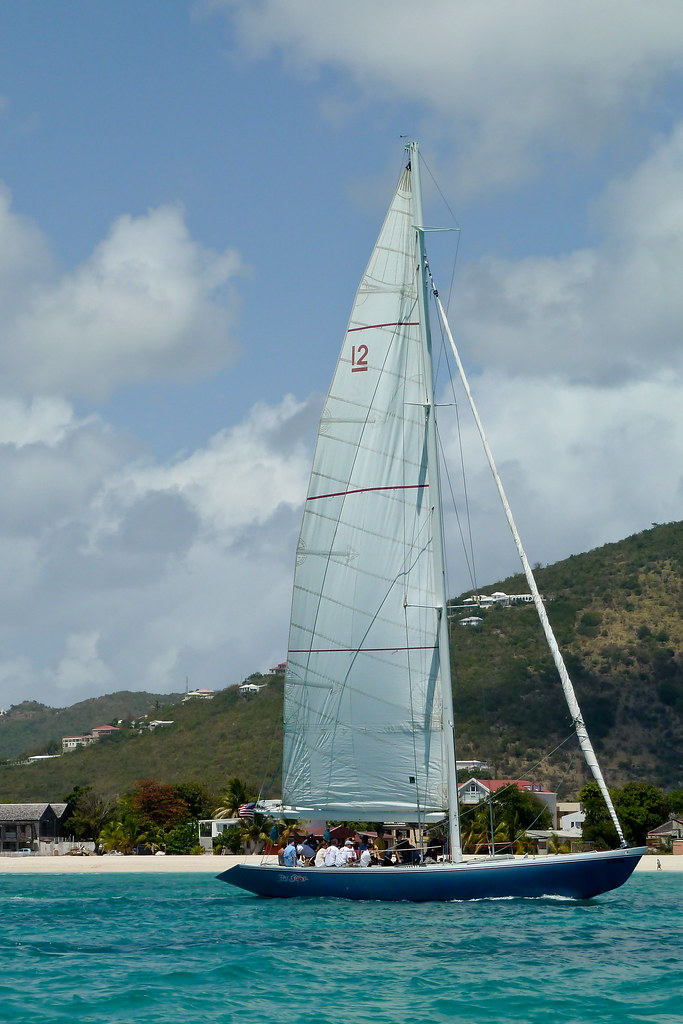
Above: The Stars & Stripes 87 Yacht.
Stars & Stripes 87 was the final 12 Meter to win the America's Cup, and as such she represented the zenith in 12 Meter design. On the day of the race, we came second out of three and I also managed to break the yacht - snapping a plastic bearing off the primary grinder!
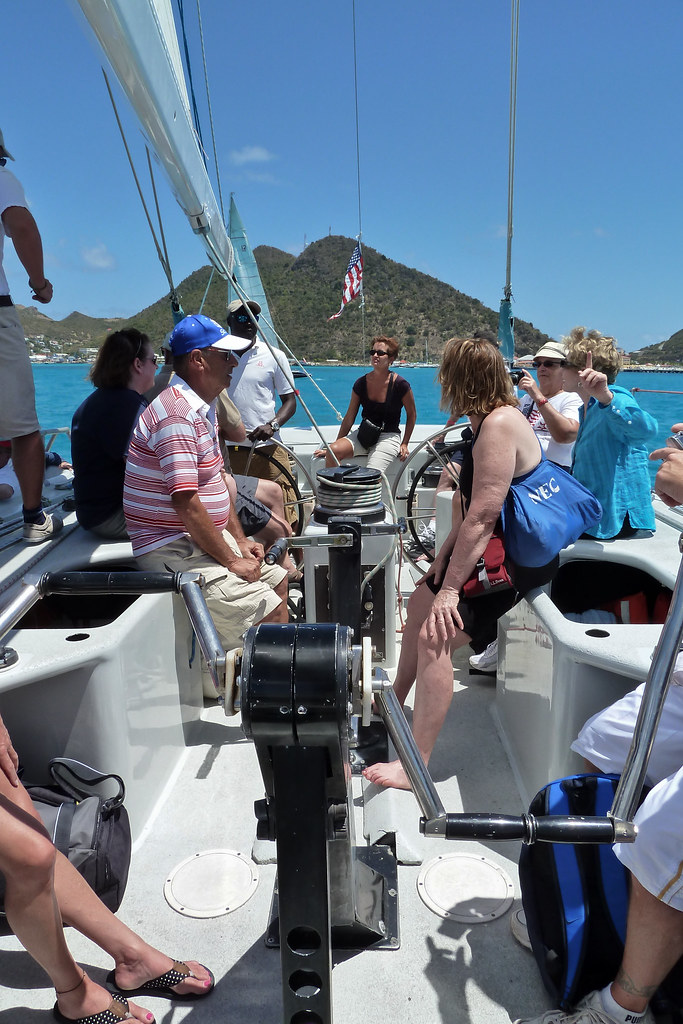
Above: The crew of cruise ship passengers who were coached to race the yacht!
ST VINCENT
Saint Vincent is a volcanic island in the Caribbean. It is the largest island of the chain called Saint Vincent and the Grenadines and is composed of partially submerged volcanic mountains.

Above: A panorama of Kingston, the main town in St Vincent (click for bigger pic).
The territory was disputed between France and the United Kingdom in the 18th century, before being ceded to the British in 1783. It gained independence on October 27, 1979.
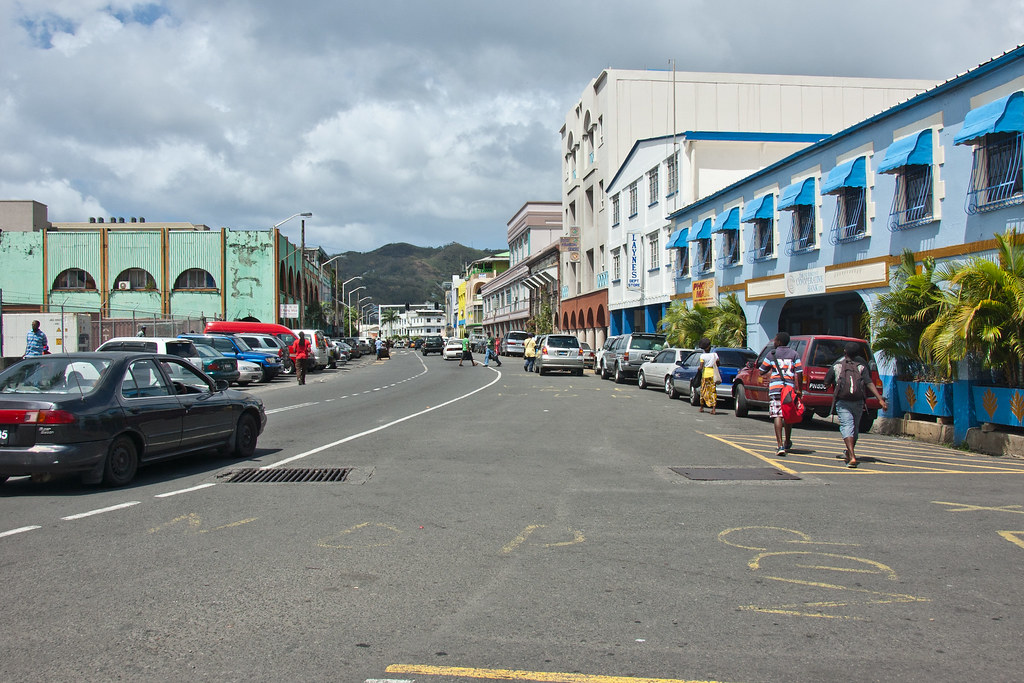
Above: Downtown Kingston, St Vincent.
St Vincent is one of the major filming locations for the first Pirates of the Caribbean film ('Curse of the Black Pearl') but sadly I did not see any of the film locations whilst there.
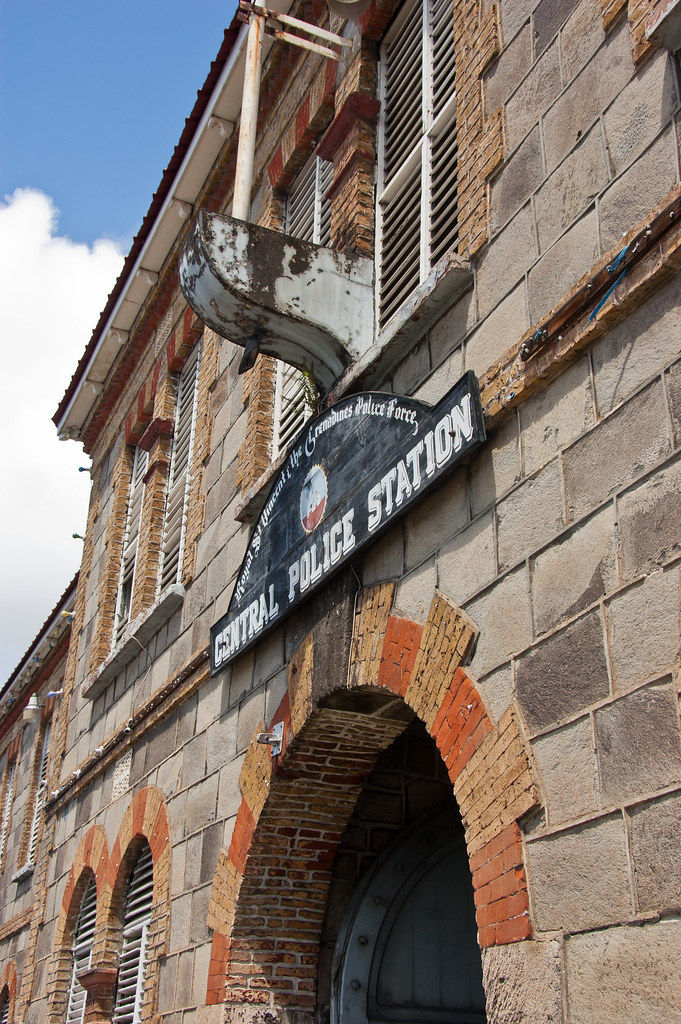
Above: Kingston's Police Station.
One of the shore excursions I took part in was a sailing trip to Bequia. With a total population of only 4,300 and a size of seven square miles, the island is still the largest of the Grenadines. The first site we visited were the cave dwellings where we snorkelled in the bay.

Above: The cave dwellings of Bequia
19 families have built homes in this cave-man like community, the first couple arriving in the 1960s. Twice each year on the solstice the moon can be seen setting through the moonhole. Today, only a few houses are inhabited year round and some are rented out to vacationers looking for a very different kind of experience.
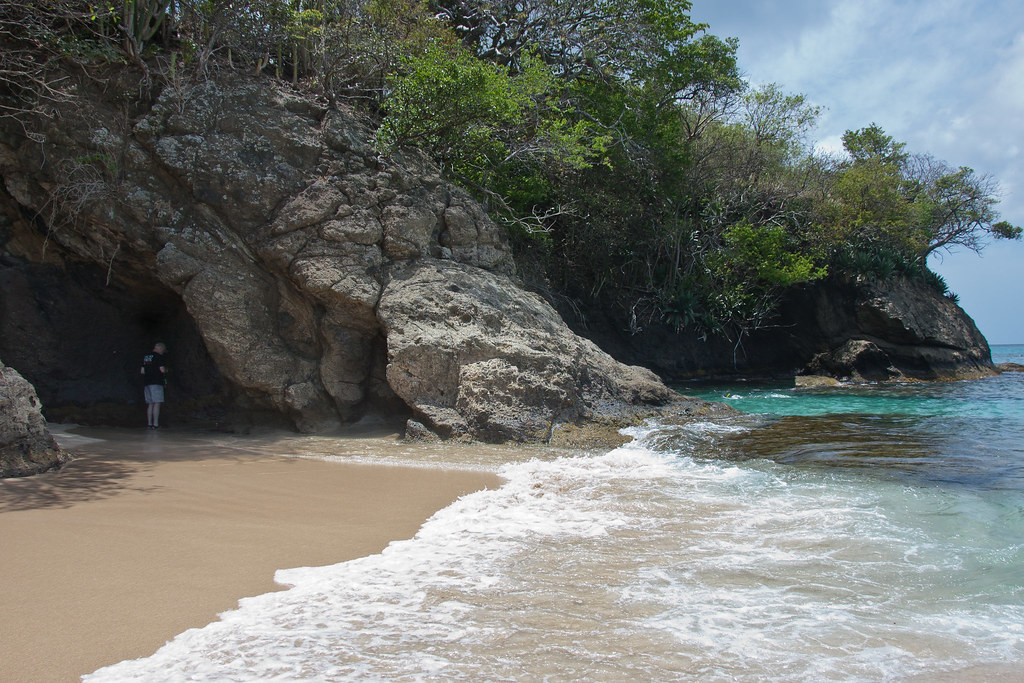
Above: Princess Margaret Beach.
We then visited a beach named after Princess Margaret, who had a home on nearby Mustique, visited Bequia and had a beach named in her honour. Finally we stopped off in Port Elizabeth, the main population centre on the island.
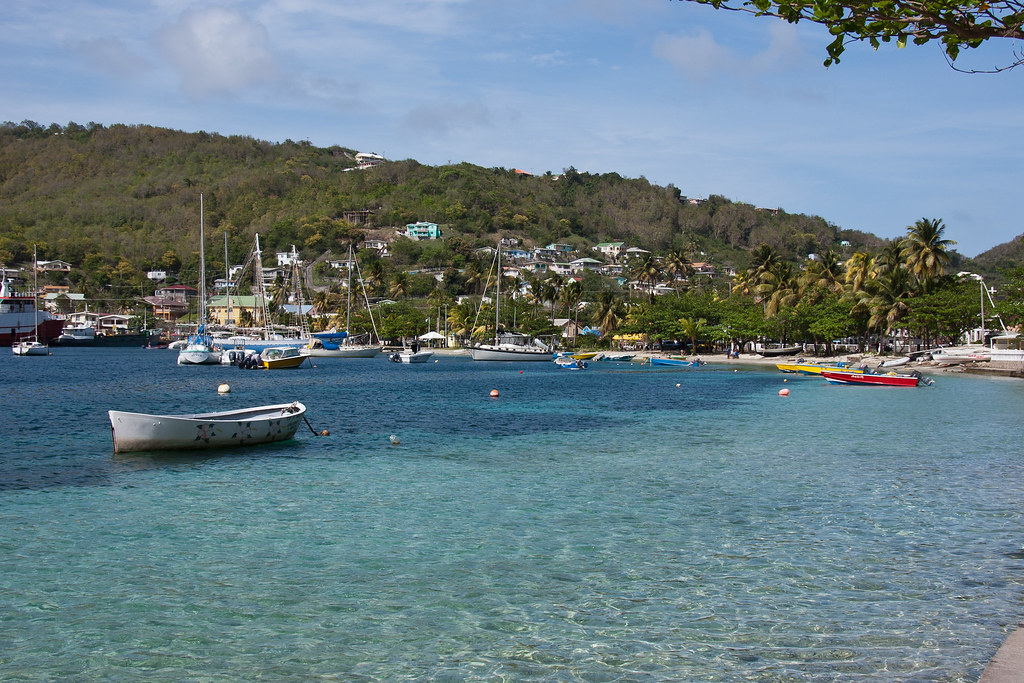
Above: Port Elizabeth.
I hope you enjoyed this whistle-stop tour of Sint Maarten and St Vincent & the Grenadines. I'll leave you with a shot of our catamaran that took us on the tour around beautiful Bequia:
